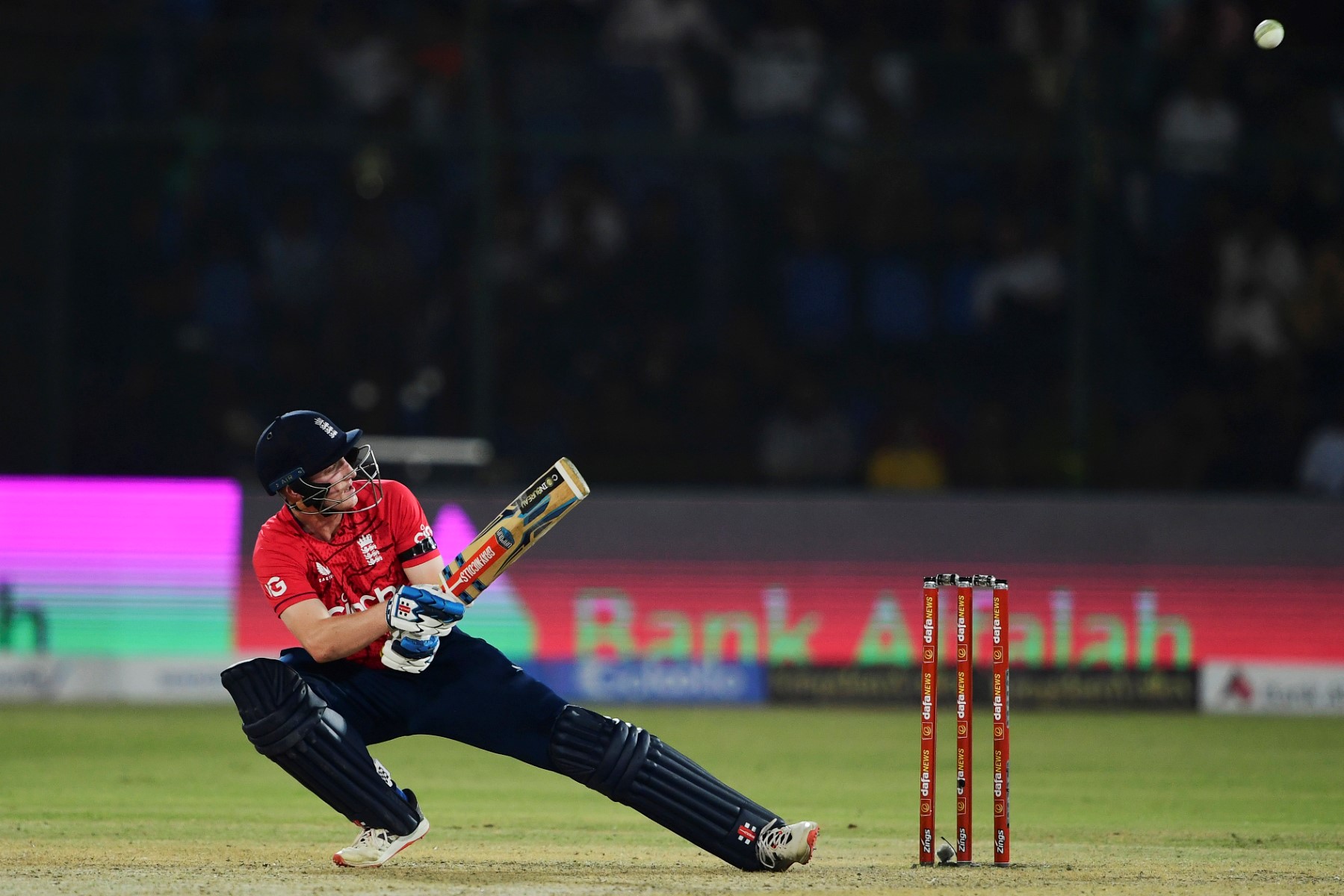The Men’s Cricket Committee, led by former India captain Sourav Ganguly, suggested changes for the 2017 Code of the Laws of Cricket in its revised third edition. The Women’s Cricket Committee also approved the recommendations.
The updated playing conditions will be used for the first time at the ICC Men’s T20 World Cup in Australia starting next month. They will take effect on October 1st, 2022.
The International Cricket Council stated on Tuesday that new hitters will be brought in at the striker’s end after a catching dismissal even if those in the middle have crossed. In limited-overs cricket, crossing gives an arriving player a little bit more time to catch up and may be essential in close games.
In limited-overs cricket, crossing gives an arriving player a little bit more time to catch up and may be essential in close games.
Although this adjustment has already been made at the Hundred competition in England, the new rule from the ICC goes into force on October 1st.
Whether or not the batter crossed before the catch was made, the ICC stated that when a batter is out caught, the new batter will come in at the end the striker was.
The use of saliva to polish the ball has also been outlawed by the regulating body. It had temporarily banned the practice to prevent the spread of COVID-19.
In addition, it implemented restrictions on slow over rates in one-day international matches in accordance with advice from the Marylebone Cricket Club (MCC), the guardians of the game’s rules.
Similar to Twenty20 Internationals, teams that don’t finish their allotted number of overs within the allotted time will be forced to add a player to the 30-yard circle for the balance of the innings.
After the 2023 men’s World Cup Super League concludes, this rule will take effect.

